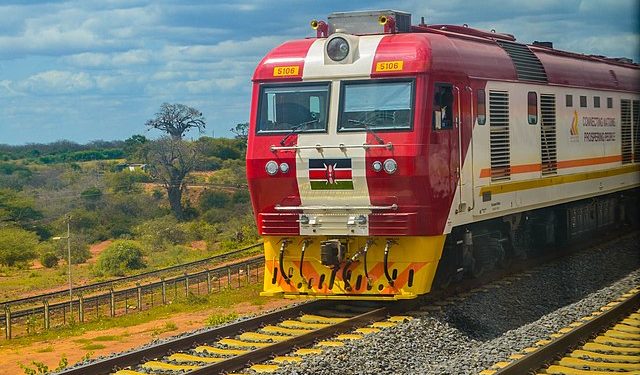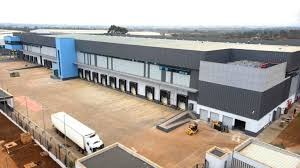The World Bank has advised replacing diesel passenger and cargo trains on the Chinese-built Standard Gauge Railway (SGR) with electric ones to limit pollution and cut costs. This mega-investment has become economically viable to support the changeover.
A report says that electric trains could reduce emissions in the sector by nearly half. It states that complete electrification of the Standard Gauge Railway is estimated to result in emissions savings of over 53,000 metric tons of carbon dioxide. A large portion of the savings would come from the freight rail sector. However, the emissions’ impact is expected to be significantly less than long-term emission savings.
Read more: List of Persons Who Signed The Infamous SGR Deal
A report by Kenya Railways Corporation shows that it requires more than 38 million litres of diesel to keep trains running on the SGR annually. This implies that it requires an average of Kshs6.5 billion to power the trains annually, using 38 million litres of diesel. The prevailing diesel price in the country has been set at Kshs168.40 per litre.
Read more: CS Yatani Faults Reports That Kenya Has Defaulted On SGR Loan
A past document tabled in the National Assembly on SGR operating costs shows that it costs approximately Shs18 billion to run the passenger and cargo trains. This shows that fuel takes up at least 34% of the overall operating costs of railways, which have in the past dwarfed revenues, fanning public outrage over the viability of the landmark project.
Replacement of diesel-powered trains with electric ones would help cut fuel costs and eliminate harmful engine emissions. The World Bank advises that the electrification of SGR, as outlined in the National Climate Change Action Plan (NCCAP), should be subject to further study.
Email your news TIPS to editor@thesharpdaily.com

















